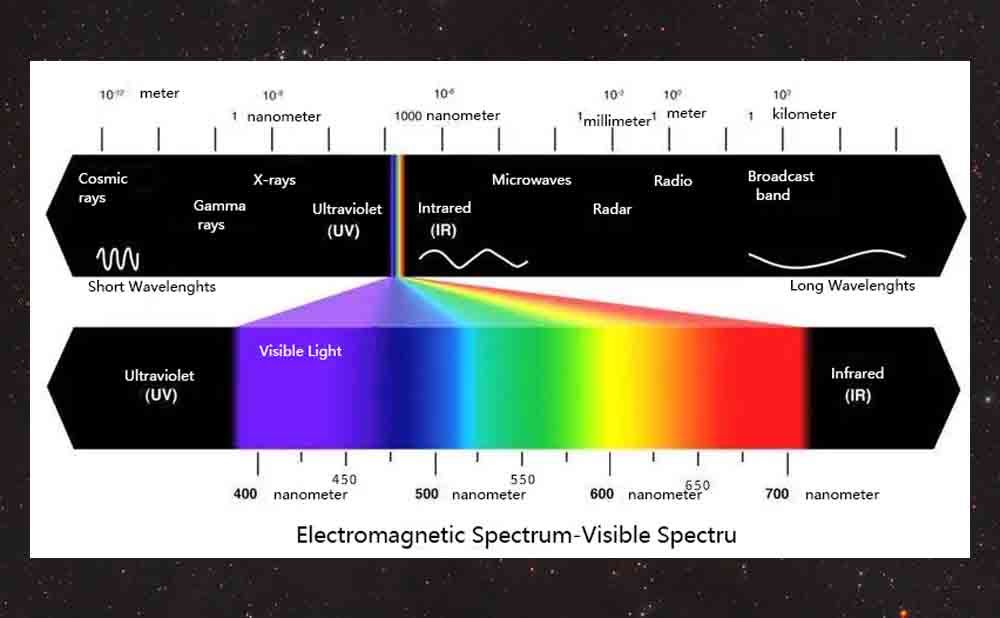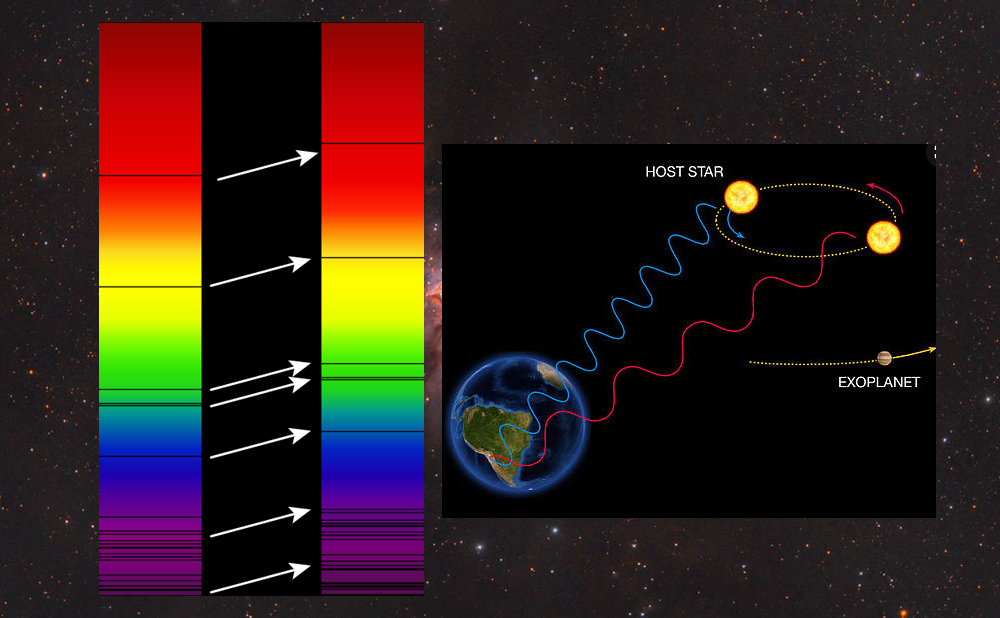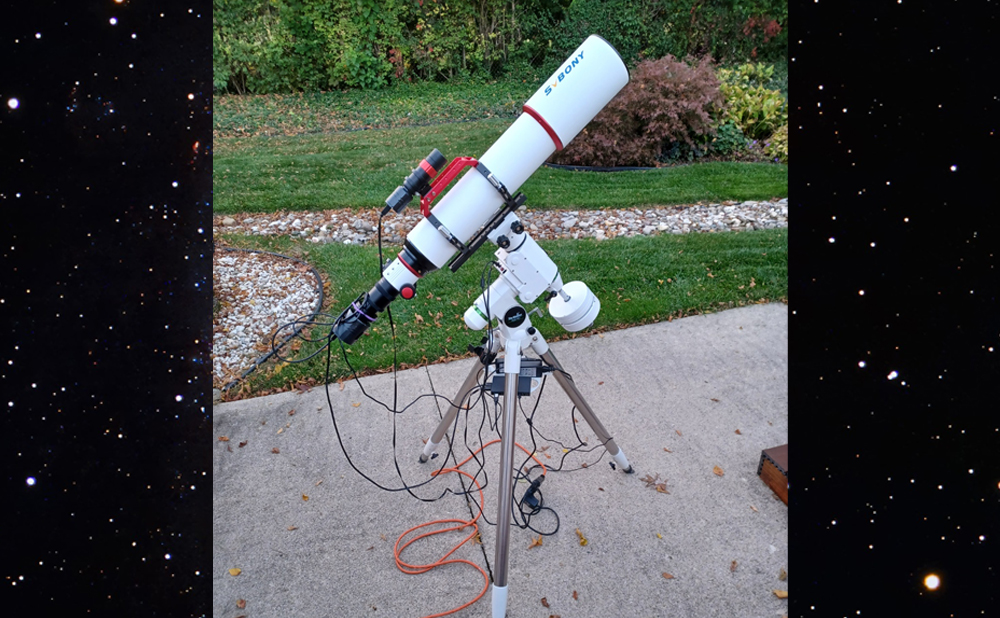Redshift Phenomenon in Astronomy

Redshift Phenomenon in Astronomy
Since the launch of the James Webb Space Telescope, there has been a renewed interest in the most distant galaxies in the universe, those with the highest "redshifts."
What is redshift
In fact, in the fields of physics and astronomy, the phenomenon of redshift refers to the phenomenon that the frequency of the electromagnetic radiation of an object decreases due to some reason. In the visible light band, it is manifested as the spectral line moving a certain distance toward the red end, that is, the wavelength becomes longer and the frequency decreases. , this is the redshift, and the movement of celestial bodies and the prediction of their patterns are inseparable from the study of the redshift phenomenon.

Redshift and galaxies
So why do galaxies redshift? Well, think of a distant galaxy emitting light waves with a specific wavelength. It can take millions of years for these light waves to reach Earth. During this time, empty space is expanding, stretching light waves so they reach Earth at longer, redder wavelengths. This type of redshift is called cosmic redshift.
This is the relationship between distance and redshift: the further away a galaxy is from us, the longer it takes for its light to reach us.
Longer light travel times mean more expansion of the universe, more stretching of wavelengths, and higher redshifts. This cosmological redshift may be slightly adjusted by the Doppler shift of a galaxy as it moves through space, but this has little effect on distant objects, so the observed redshift of a galaxy is generally a reliable indicator of its distance. So forget about the idea of galaxies speeding away from each other in space, and instead remember that space itself is expanding, constantly stretching the light waves that travel through it.
For example, the Virgo cluster is leaving us at about 1,210 km/s, the Coma cluster(Abell 1656) is leaving us at about 6,700 km/s, and the Hercules cluster(Abell 2151) is hurtling away at about 10,300 km/s , and the Corona Borealis is leaving us at a greater speed, about 21,600 km/s.And these nebulae can be better observed through the SVBONY telescope.
(Thanks to Dudley Eirich for sharing.)
How astronomers describe redshift
Astronomers use the percentage change in wavelength to describe the redshift of light (expressed as z).
For example, if visible light from a galaxy with a wavelength of 400 nm reaches Earth at a wavelength of 640 nm, it has been redshifted by 240 nm.
There is a 55% change from the original, so its redshift is z=0.55.
Redshift and Blueshift
In addition to redshift, blueshift is also an optical phenomenon in celestial bodies. Blueshift is the opposite of redshift. When a moving emission source approaches the observer, the frequency of the electromagnetic waves (such as light waves) emitted will move toward the blue end of the electromagnetic spectrum. The phenomenon of movement (that is, the frequency increases and the wavelength shortens). Blueshift also informally refers to the light color effect.
If this interests you, feel free to discuss it.







